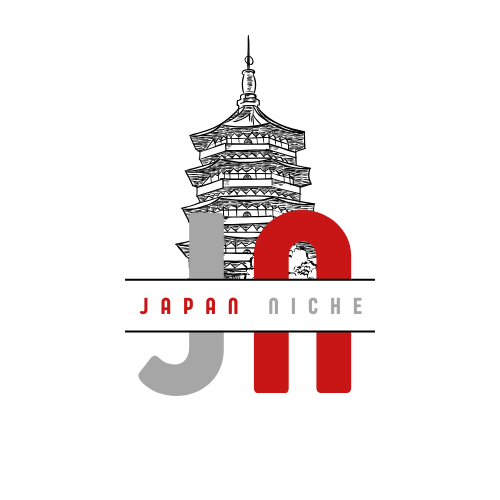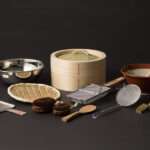Whether you’re a professional chef or an enthusiastic home cook, having the right knife in your kitchen can transform your cooking experience. Japanese knives, renowned for their craftsmanship and precision, are a popular choice among chefs globally. However, selecting the perfect one can be challenging, given the variety of options available. This step-by-step guide will help you navigate the world of Japanese knives and ensure you make an informed decision.
Step 1: Identify Which Knife You Actually Need
The first step in your knife-buying journey is to assess your specific culinary requirements. There is no one-size-fits-all when it comes to Japanese knives, as each knife is designed with a particular purpose in mind. Understanding your cooking style and tasks will help you choose the ideal knife.
Versatility or Specialized Use?
- Everyday Use: If you’re looking for a knife that can handle a wide range of tasks, from chopping vegetables to slicing meat, a general-purpose knife like the Gyuto or Santoku is an excellent choice.
- Specialized Tasks: If your cooking involves more specific tasks, such as preparing sushi or chopping large amounts of vegetables, you may want to consider more specialized knives like a Nakiri or Yanagiba (sushi knife).
Common Japanese Knife Types:
- Gyuto (Chef’s knife) for multi-purpose use.
- Santoku for versatility in home kitchens.
- Nakiri for vegetables.
- Yanagiba for sashimi or sushi preparation.
Understanding your needs will narrow down your options and make the selection process smoother.
Step 2: Choose the Right Steel Type
The second step is to determine the type of steel you prefer. The blade’s material affects its sharpness, durability, and maintenance requirements. Japanese knives typically come in three primary categories: stainless steel, carbon steel, and stainless clad (a combination of both).
Stainless Steel:
- Pros: Rust-resistant, easy to maintain, and requires less frequent cleaning. This is ideal for those who prefer a low-maintenance option.
- Cons: It may not retain its sharp edge as long as carbon steel knives but is durable and more forgiving for daily use.
Carbon Steel:
- Pros: Favored by professional chefs and enthusiasts for its superior sharpness and edge retention. Carbon steel knives are easy to sharpen and keep incredibly sharp for longer periods.
- Cons: Prone to rust and discoloration if not properly maintained. Regular oiling and careful cleaning are required to prevent corrosion.
Stainless Clad:
- Pros: Combines the durability and rust resistance of stainless steel with the sharpness and edge retention of carbon steel. This hybrid design offers the best of both worlds.
- Cons: While more expensive, stainless clad knives balance performance and ease of maintenance, making them an excellent investment for serious cooks.
Choosing the steel type is crucial because it determines how much time you’ll spend maintaining the knife and how it performs in the long run.
Step 3: Decide on the Knife Shape
The shape of the blade significantly impacts its functionality. Japanese knives come in a wide variety of shapes, each tailored to specific tasks. Let’s explore some popular Japanese knife shapes to help you decide which is best for you.
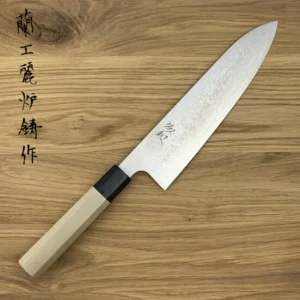
1. Gyuto (Japanese Chef’s Knife)
- The Gyuto is the Japanese equivalent of a Western chef’s knife and is highly versatile. Its length typically ranges from 180 to 240 millimeters, allowing for precision in slicing, chopping, and intricate tasks. If you’re a fan of versatility and prefer a do-it-all knife, the Gyuto is an excellent choice.
- Best for: All-purpose cooking, cutting meat, vegetables, and fish.
.
2. Kuritsuke
- A variation of the Gyuto, the Kuritsuke has a flatter edge and a more pointed tip, offering greater control for precision tasks. It’s ideal for chefs who perform detailed cuts, like mincing or finely dicing.
- Best for: Fine cuts, delicate slicing, intricate work like garlic mincing.
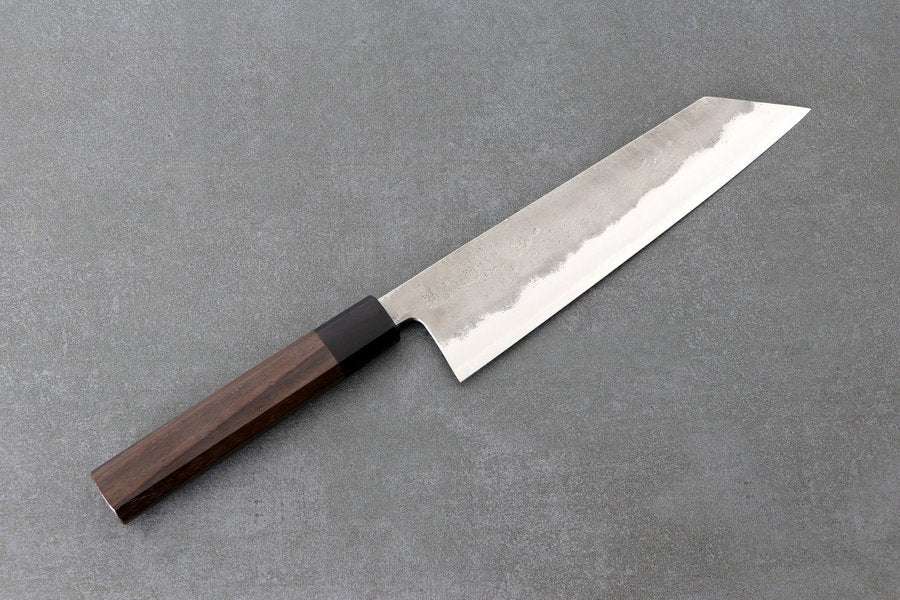
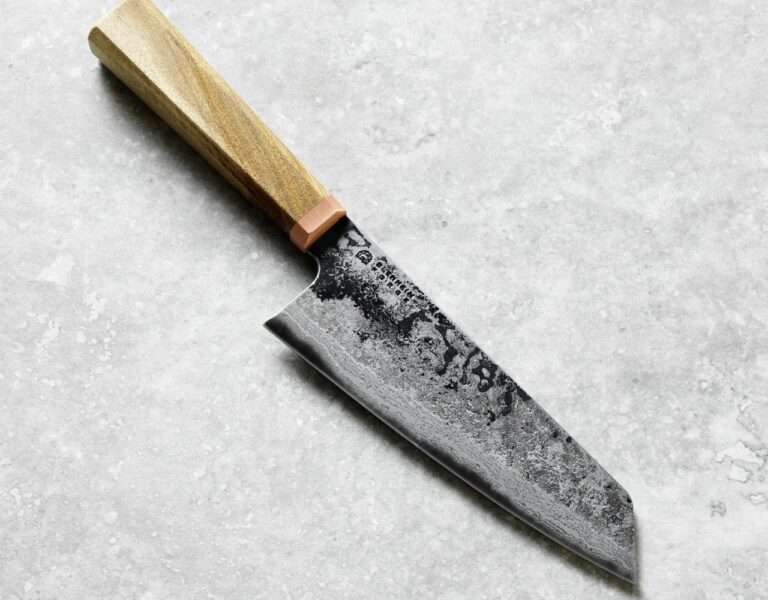
3. Santoku (Three Virtues Knife)
- The Santoku is shorter than the Gyuto and is often chosen for home kitchens due to its compact size and ease of use. Its name, meaning “three virtues,” refers to its ability to chop, slice, and dice with ease.
- Best for: A balanced option for vegetables, fish, and meat.
4. Bunka
- Similar to the Santoku, the Bunka has a more pointed, angular tip, making it suitable for intricate cuts. It’s a great option if you enjoy detailed knife work.
- Best for: Intricate cutting techniques, slicing vegetables.
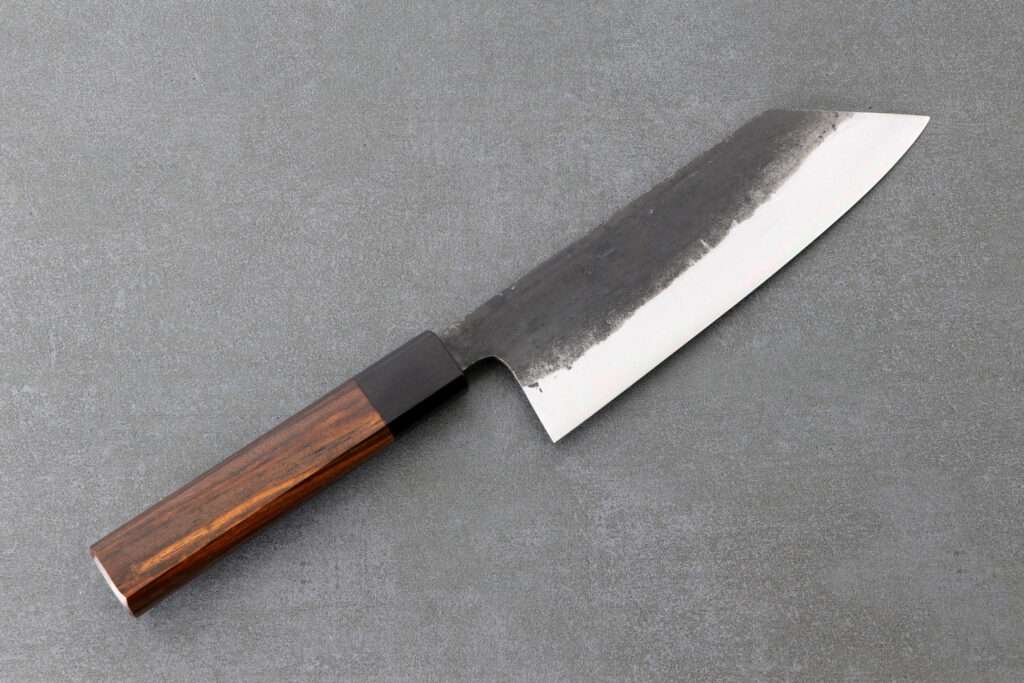
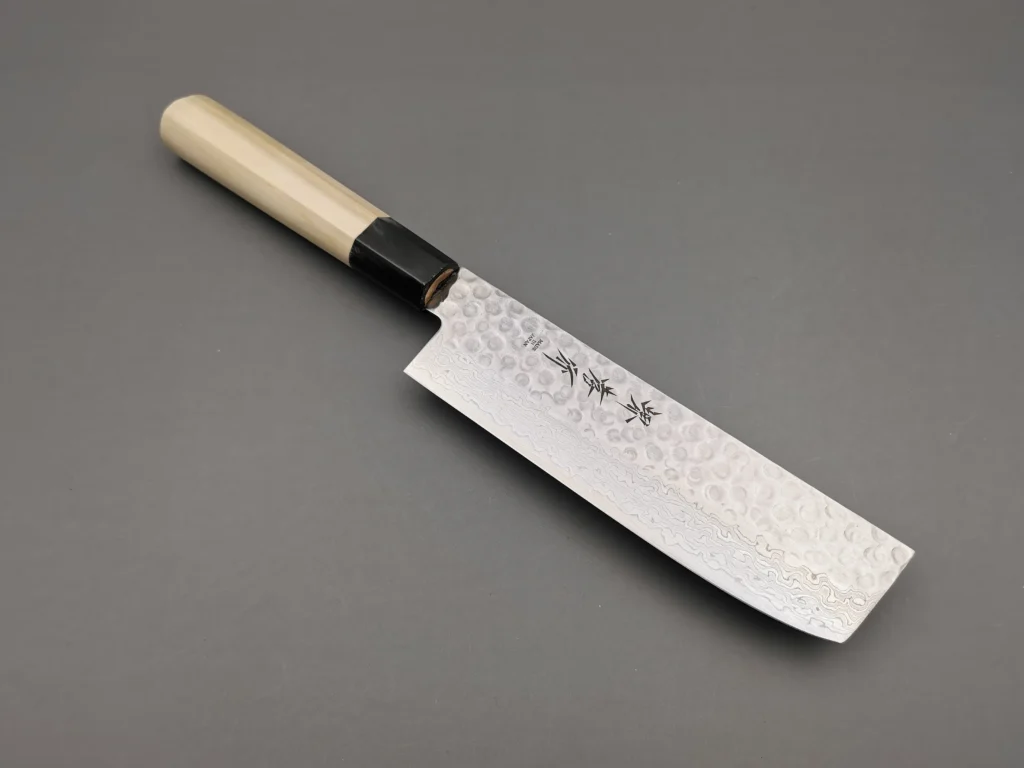
5. Nakiri
- Known as the go-to knife for vegetables, the Nakiri has a rectangular blade with a flat profile, allowing for even and smooth cuts. If you often find yourself preparing large amounts of vegetables, this is the knife for you.
- Best for: Chopping, dicing, and slicing vegetables.
6. Petty Knife
- A smaller utility knife, the Petty is perfect for handling tasks that require more precision, such as peeling, trimming, or cutting small fruits and vegetables. It complements larger knives, offering more control for smaller jobs.
- Best for: Peeling, trimming, and smaller, delicate tasks.
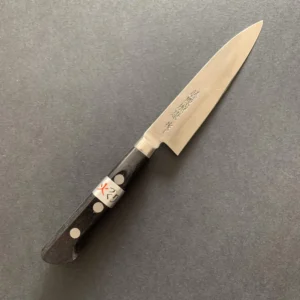
Choosing the right knife shape will help you work more efficiently in the kitchen, whether you’re slicing delicate fish or dicing tough vegetables.
Step 4: Choose the Handle Style that Suits You
The handle of the knife is often overlooked but plays a crucial role in your comfort and control. Japanese knives come with two main handle styles: Wa (Japanese-style) handles and Yo (Western-style) handles. Understanding the differences will help you select the one that feels most natural in your hand.
Wa Handle (Japanese-style):
- Typically lighter and often made from wood, Wa handles provide more control and balance. They usually have a round, octagonal, or D-shape design. This traditional handle style allows for a more delicate grip, making it ideal for precision work.
- Best for: Those who prefer a lightweight, well-balanced knife and enjoy traditional craftsmanship.
Yo Handle (Western-style):
- Heavier and more robust, Yo handles are often made from durable materials like resin or pakkawood. They offer a more familiar grip for Western knife users and provide extra heft for tougher cutting tasks.
- Best for: Those who prefer a sturdy, durable knife with a comfortable grip for heavier-duty tasks.
The handle should feel comfortable in your hand, allowing you to maintain control and minimize fatigue during extended use.
Making the Final Decision
Buying a Japanese knife is an investment, not just in a kitchen tool but in a culinary experience. The right knife will enhance your cooking and make your tasks easier and more enjoyable. By carefully considering your culinary needs, the type of steel, the shape of the blade, and the handle design, you can confidently choose a knife that suits both your style and your kitchen.
Once you’ve selected your knife, remember that proper maintenance is essential. Keep your knives sharp, clean them properly, and store them carefully to preserve their edge and functionality for years to come.

